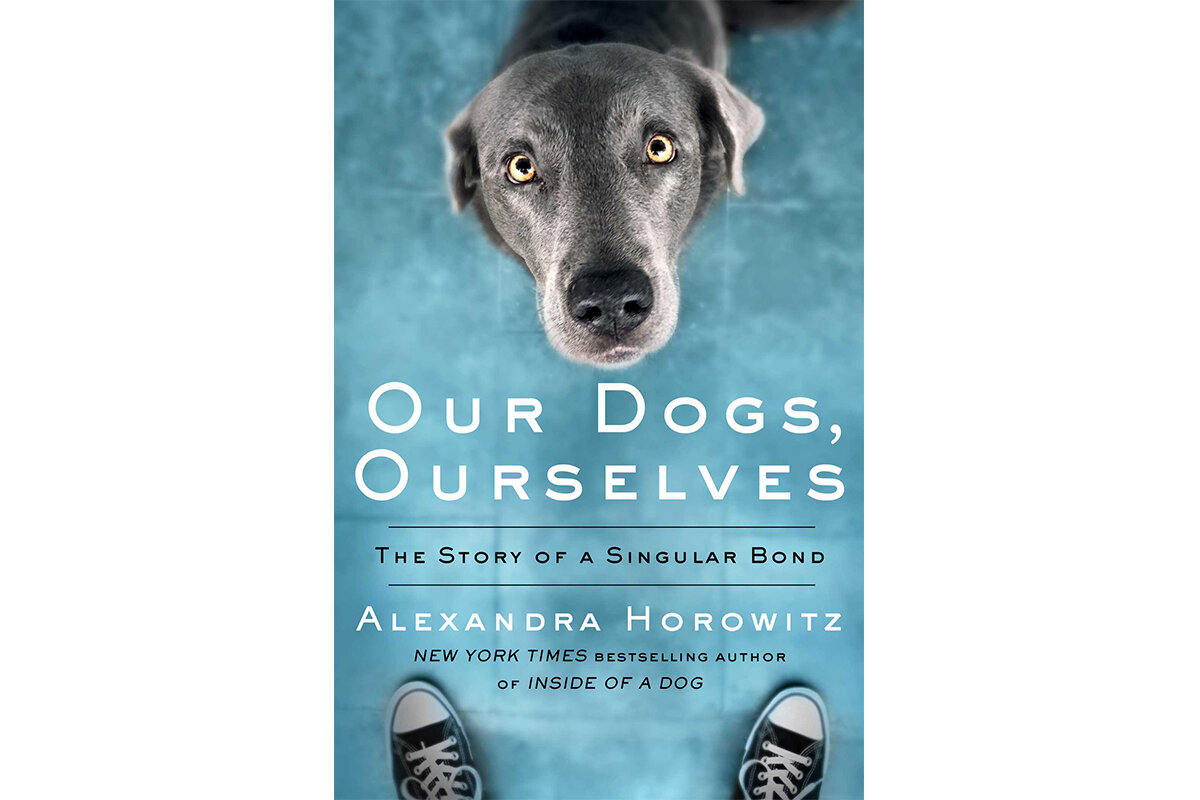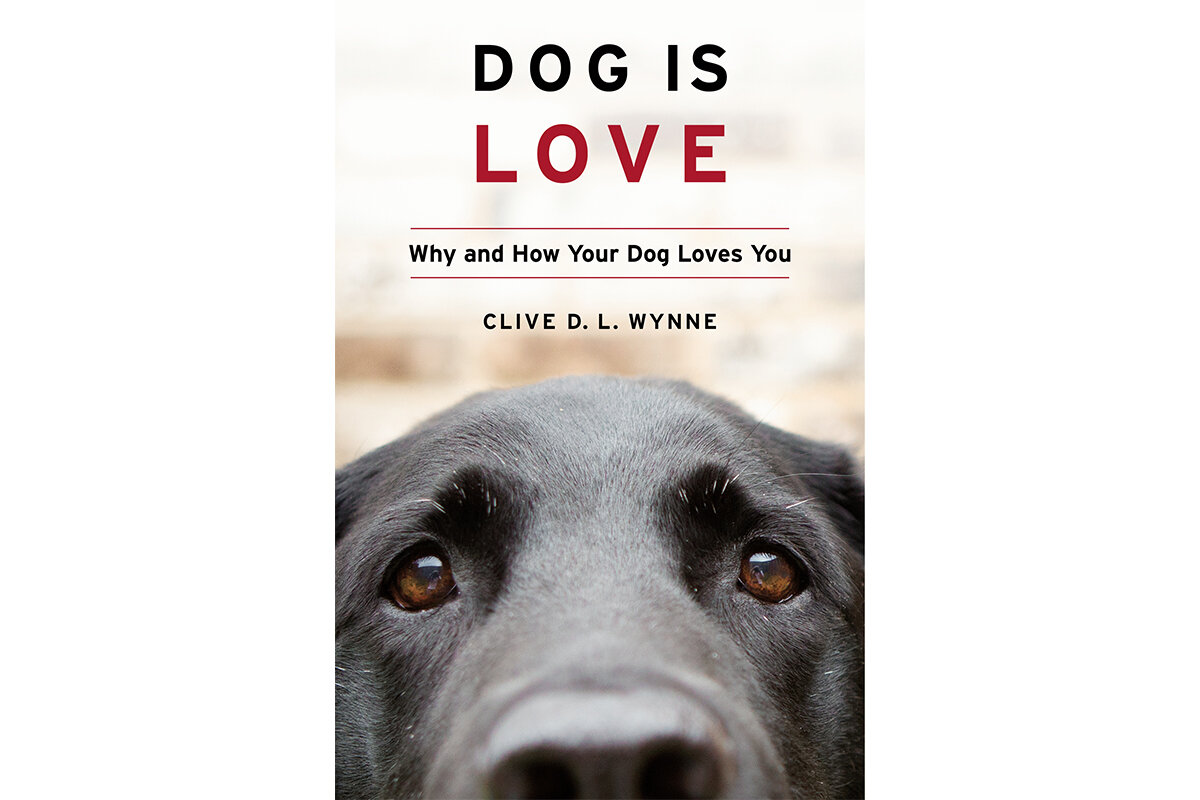Yes, your dog really does understand you
Loading...
The numbers make one thing staggeringly clear: People love their dogs. Americans own around 77 million dogs, according to the American Veterinary Medical Association, and 48% of U.S. households have one dog or more. The American Pet Products Association says that pet owners spent a combined $72 billion on their beloved animals in 2018. And dog ownership tops that of other pets, including cats, which number about 58 million.
Unsurprisingly, the publishing industry has taken note, turning out a steady flow of books aimed at besotted dog owners.
Two of the best recent dog books aren’t content merely to join the general tail-
wagging but rather seek to dig deeper into the subject of humanity’s oldest animal friendship. Alexandra Horowitz, a cognitive scientist and author of the 2009 bestseller “Inside of a Dog,” follows up that earlier book with “Our Dogs, Ourselves: The Story of a Singular Bond.” And that bond is likewise the focus of dog behavioral scientist (and director of the Canine Science Collaboratory at Arizona State University in Tempe) Clive D.L. Wynne in his new book, “Dog Is Love: The Science of Why and How Your Dog Loves You.”
Fans of Horowitz’s earlier book will recognize the incredibly effective way she writes about dogs, adroitly mixing her own personal experiences, whether happy or heartbreaking, with broader questions about the bond at the heart of her book. “[T]he ultimate question about dogs for me was, and still is, What is it like to be a dog?” she writes. “For many others, though, the key question was more like: What do we know about what my dog thinks about me?”
Horowitz’s answers delve into the nature of the categories into which humans tend to fit their dogs, however deficient those categories might be. “If dogs are anything but reflections of ourselves – and of course they are – our way of thinking about them is woefully inadequate,” she writes. “As dogs were walked into comparative-psychology research because we were taken by how they remind us of ourselves, their place in the public consciousness has wound up being as small, furry humanlike animals.” Horowitz advocates easing up on the anthropomorphism: “Allow dogs to be the beautiful, impressive, unknown foreigners they are.” Her empathetic examination unfolds with the same natural narrative grace that made “Inside of a Dog” such wonderful reading.
Wynne’s book “Dog Is Love” is animated by the same questions, with the central idea of dogness being put through a battery of scientific testing.
Wynne draws on a wide range of research, both his own and that of many others past and present, angling always to understand the “singular bond” mentioned in Horowitz’s title. The deeper dogs are examined on a cellular and evolutionary basis, the more remarkable they turn out to be: animals whose long partnership with humans has made them virtual symbionts. “[D]ogs have a genetic predisposition, bred into them over the thousands of years they have lived among people, to understand people’s communicative intentions and comprehend something of human social intelligence,” he writes. “Only dogs are born understanding people in this way – the crucial difference between them and every other nonhuman animal on the planet.”
In both books, the inquiry comes down eventually to simple affection as the key, although Horowitz sees more to it as well. “The joy of dogs is that they free us of our own undignified existence,” she writes, “our self-consciousness and inhibitions; our self-imposed hindrances to pleasure; our unwillingness to be embarrassed, exposed, or vulnerable.”
And whether you think that’s nature or nurture, if you have a dog sleeping next to you in your favorite reading spot, you’ll be nodding and smiling through both these books. I read them with a certain bossy miniature schnauzer reading along with me. She approved of both.








